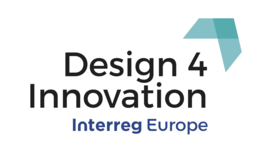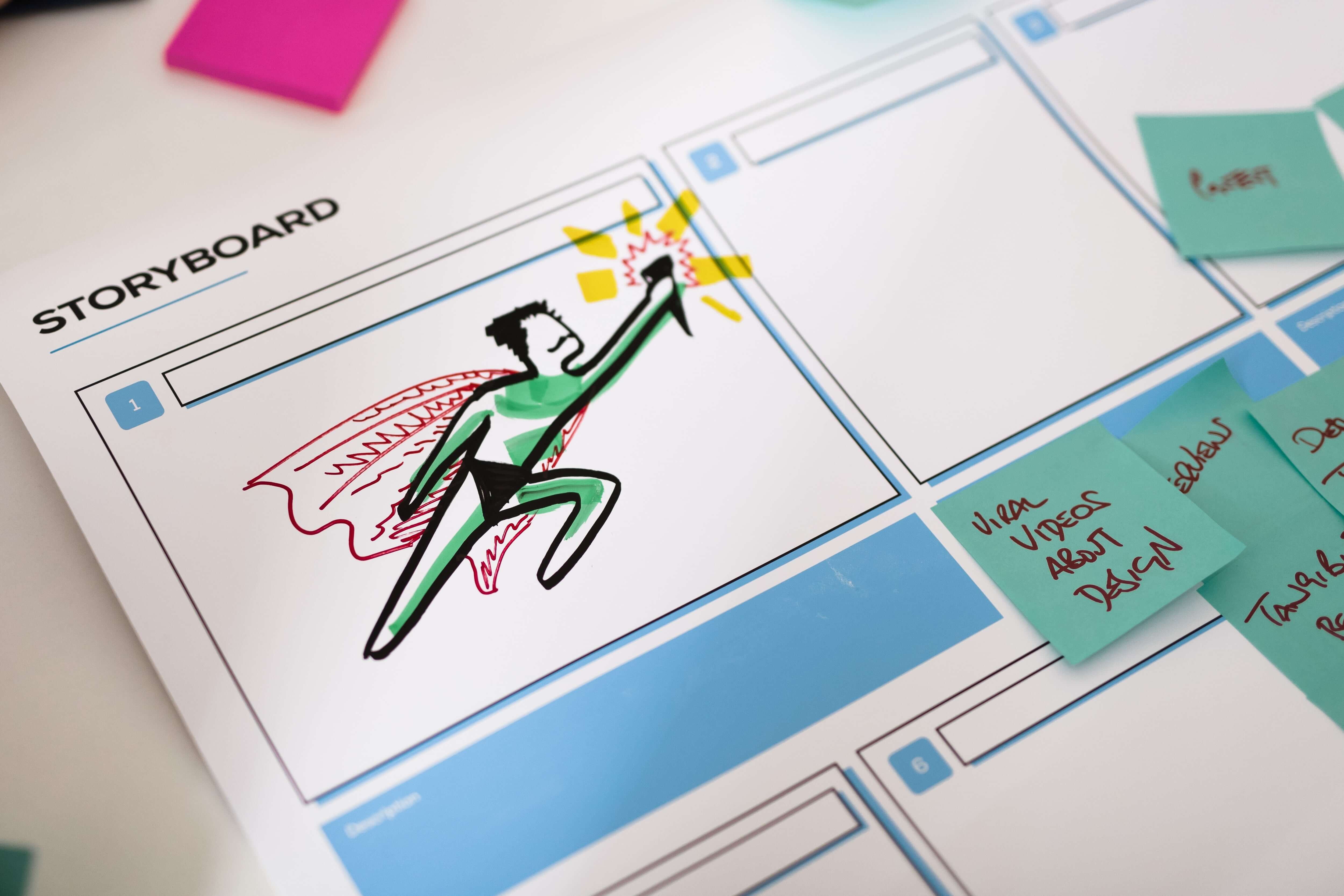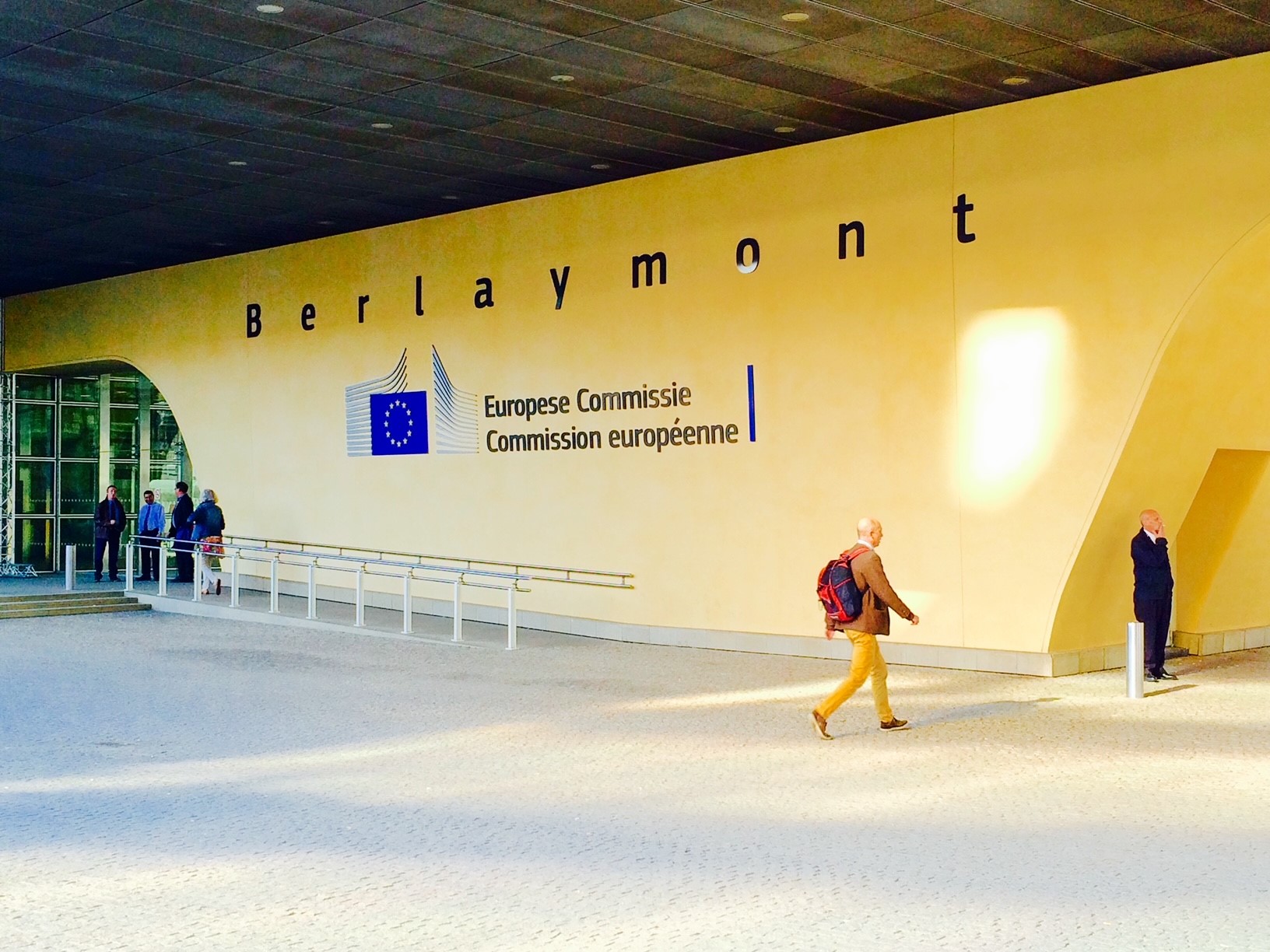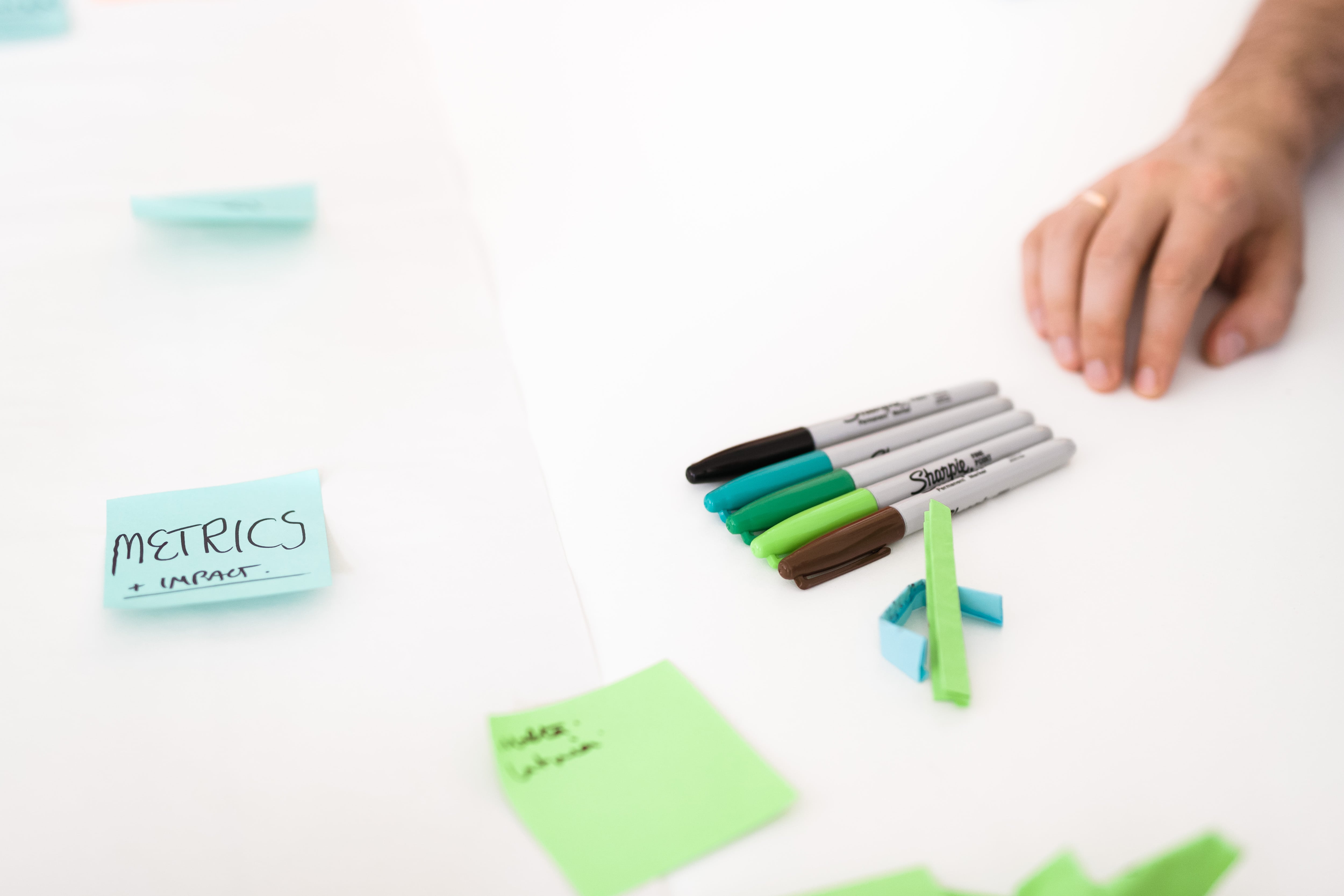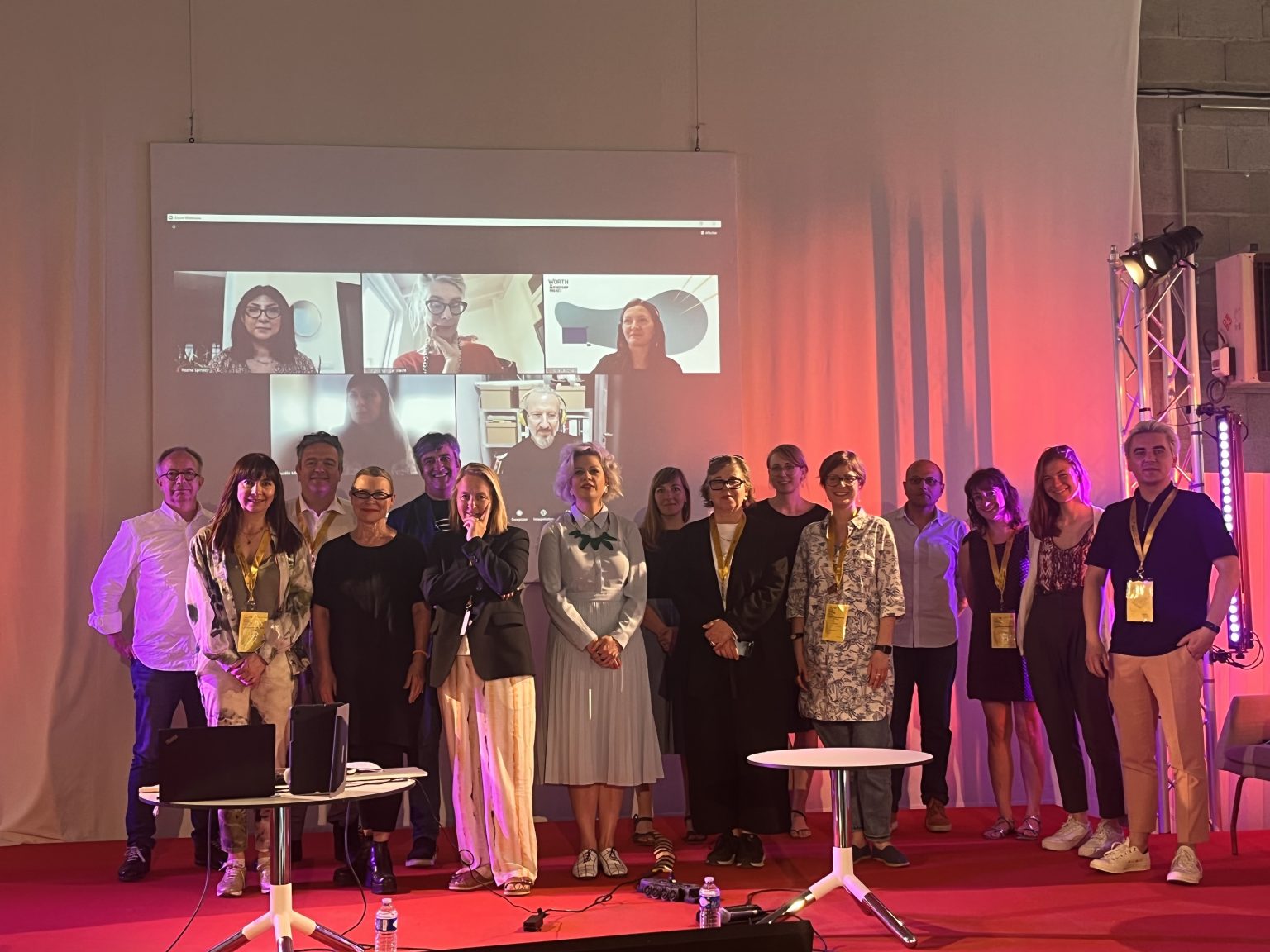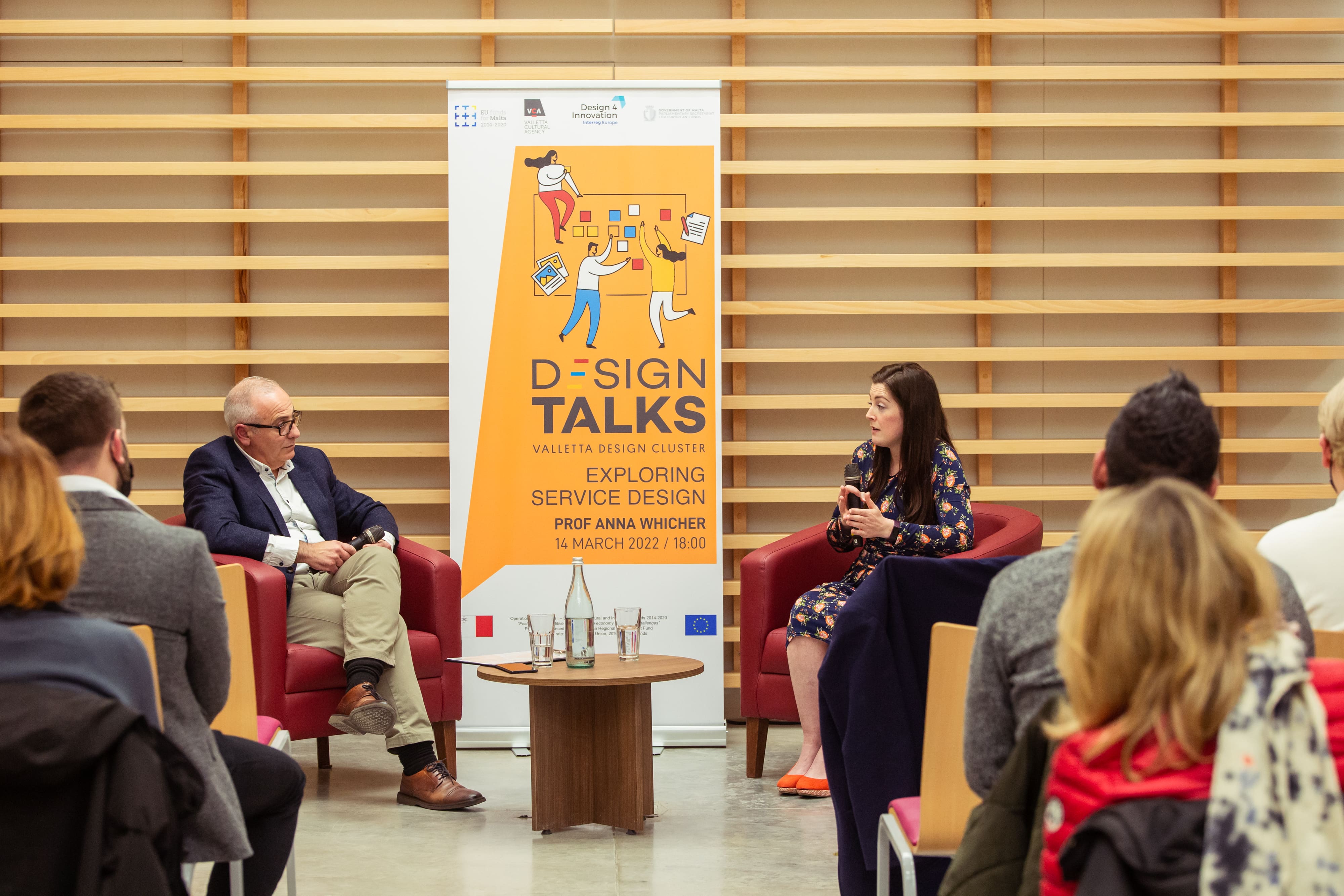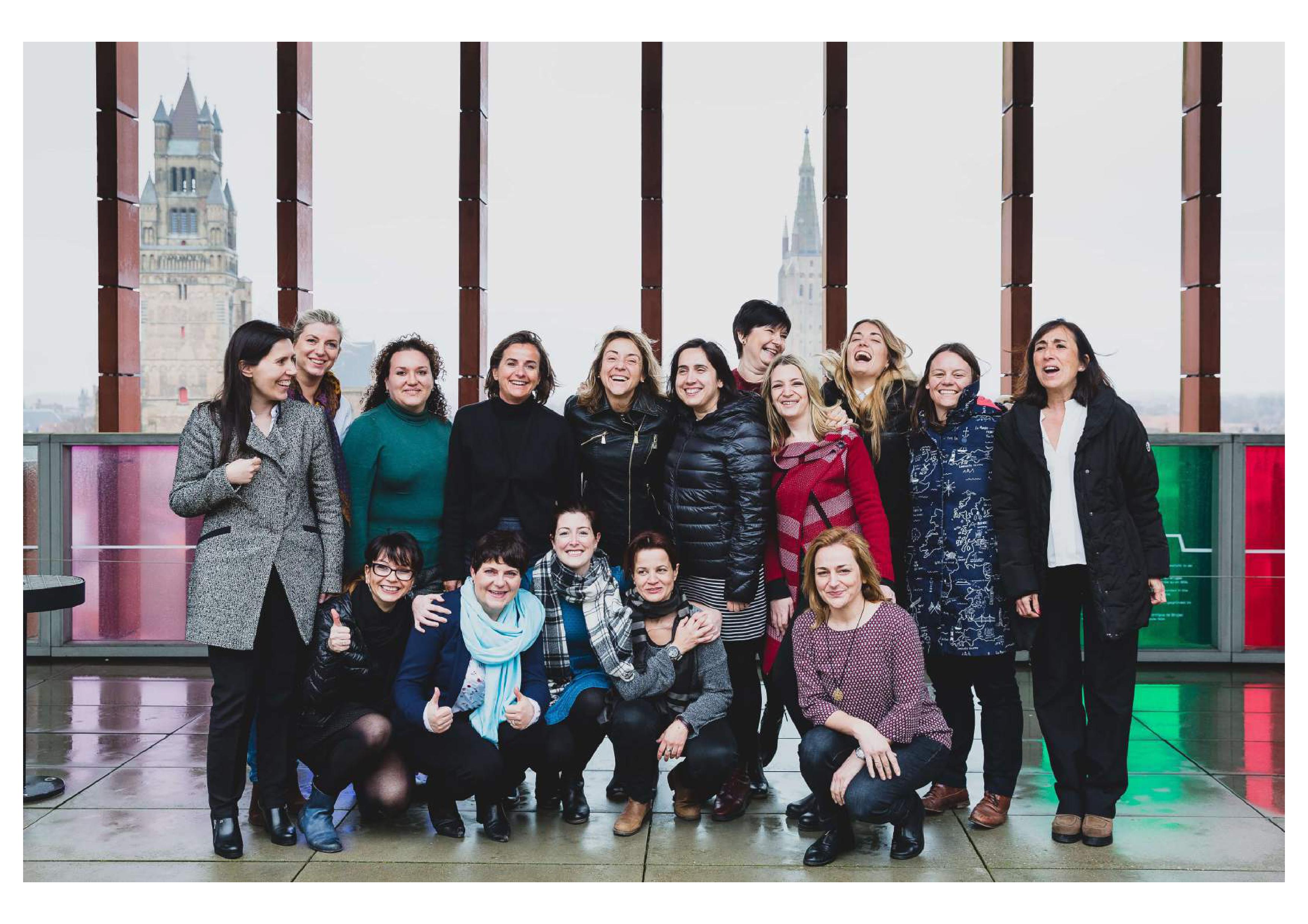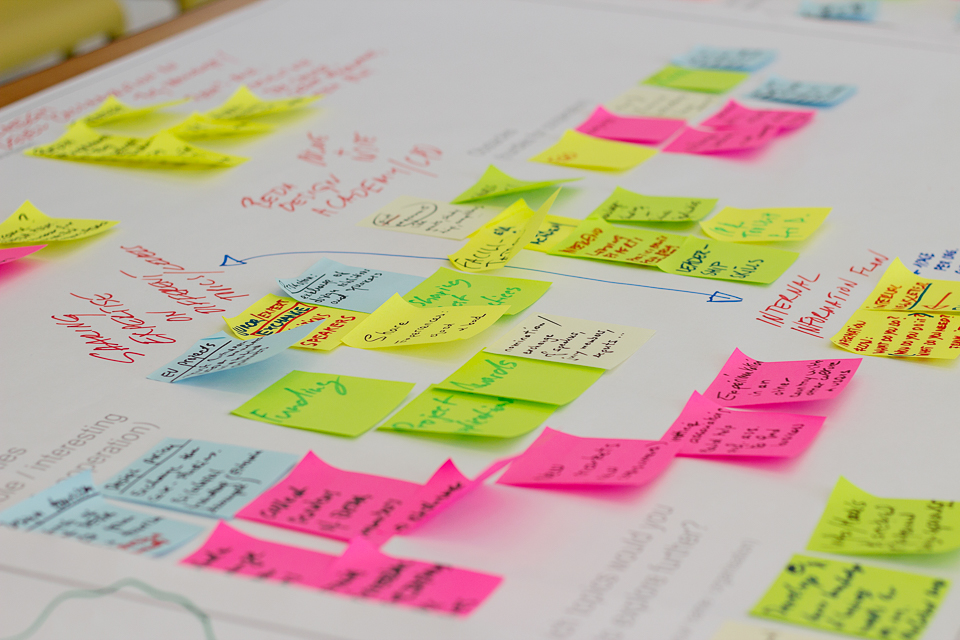In Catalonia, Barcelona Design Centre (BcD) leads the promotion and information about the importance of design for economic and social value generation. The first promotion centre of its kind to be set up in Spain, since its beginnings has boosted design as a strategic element for business excellence, as a key factor for user-centred innovation, and as a discipline that can improve people's quality of life.
For the last five years, Design4Innovation has become one of the most relevant initiatives in the region in order to transfer the above-mentioned importance of design in both national and regional public authorities, and build consensus among the stakeholders involved.
Two instruments specifically were targeted through the project activities. Firstly, the ERDF Operational Programme 2014-2020 in Catalonia, where enhancing the competitiveness of SMEs was appointed as a strategic goal when developing project’s tasks. Secondly, a national policy instrument, the Programme for Scientific and Technological Research Promotion and Coordination in Spain, where the general aim was to guarantee an adequate sustained level of investments in research and innovation.

Despite the cross-sectorial references of design as an innovation factor in some of Catalonia's policy documents, evidence shows that the uptake of financial support for design-driven innovation projects is low. One of the reasons for this is limited information regarding the procedures to submit these types of projects and therefore have access to the financing mechanisms.
Within the above scenario, BcD used best practices presented by the partners to get inspired for the creation of Catalonia Design Action Plan. Thus, an open innovation process was developed as well as raising awareness and knowledge transfer, addressing designers and other SME’s in the creative sector. In this framework, a link between technological innovation and the creative process has been made. Specifically, introducing new digital and industrial technologies into the design activity oriented to communication and marketing initiatives. As a result, this action brought a new protocol of creation based on open innovation processes for designers using new technologies. It supports alliances between technologic and creative sectors and provides evidence for their projects to have significant access to public financial mechanisms.

From another perspective, during the knowledge exchange within the Design4Innovation project, all partners could learn about a common methodology to identify the design ecosystem in a pre-defined territory. Accordingly, Barcelona Design Centre transferred this knowledge to Spanish authorities, which led to an agreement at a national level. It consisted of a study in order to collect and gather qualitative and quantitative information with the aim of establishing the basis for policy instruments development within design sphere. As a result of that initiative, the Spanish Design Ecosystem on-line platform was set up as an open repository and interactive web, with information of Spanish design sector up to date, design-based studies, as well as the main challenges and opportunities for that professional sector.
Barcelona Design centre performance within Design4Innovation has concluded with two main results. Firstly, alliances have been built that play strategic role for innovation and competitiveness. Secondly, the qualitative data shows that there has been an increase on design impact within the economic, academic and public sectors as well as in society in general.
